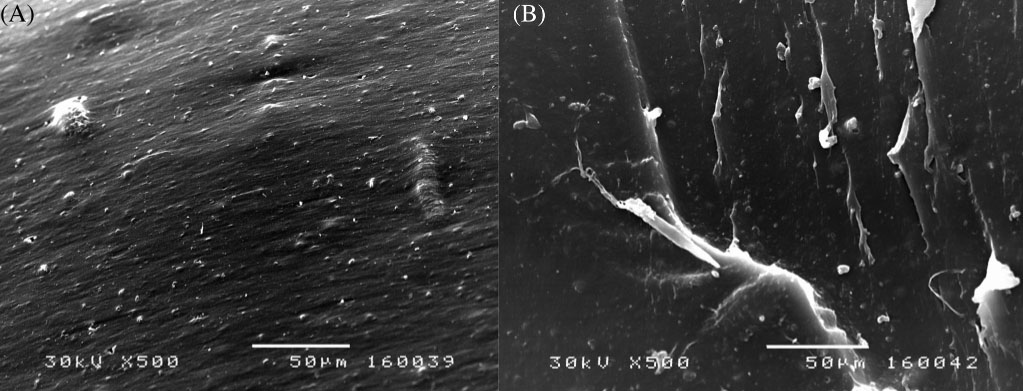Recycled Rubber – A Sustainable Alternative to Carbon Black in Tires

Incorporating recycled rubber as a filler in carbon black for NR/BR/SBR ternary blends offers a sustainable solution for the automotive tire industry, enhancing both performance and environmental impact.
Researchers are actively investigating recycled rubber (RR) as a partial replacement for carbon black (CB) in automotive tire production. This study examines how different RR amounts affect rubber blends’ mechanical properties, thermal behavior, and activation energy. The study examines blends of natural rubber (NR), butadiene rubber (BR), and styrene-butadiene rubber (SBR), widely used in tire manufacturing.
You can also read: Silent Polyurethane Tires for Electric Vehicles
Optimal Recycled Rubber Ratio
Researchers tested three CB/RR filler ratios: 55/5, 50/10, and 40/20 parts per hundred rubber (phr) to determine the optimal RR ratio. The rubber blend ratio was fixed at 40/40/20 phr for NR/BR/SBR, while the primary filler used was N330 carbon black at 60 phr. Testing multiple ratios allowed a detailed understanding of RR’s effect on the blends.
The research team performed mechanical tests such as hardness, tensile strength, and elongation at break before and after aging treatments. Aging treatments involved thermo-oxidative aging at 100°C for 168 hours and gamma radiation exposure at 200 kGy, which simulated long-term wear. Additionally, they used the rheometric method to measure the activation energy of cross-linking and reversion, ensuring a comprehensive analysis of material behavior.
Advanced Characterization Techniques
Researchers employed advanced techniques like scanning electron microscopy (SEM) and attenuated total reflectance Fourier-transform infrared spectroscopy (ATR-FTIR) to investigate material properties further. These techniques, alongside thermogravimetric analysis (TG/DTG), provided a clearer view of the structural and thermal characteristics of the NR/BR/SBR composites. Consequently, this combination of methods allowed for a deeper understanding of material performance.
Blends With Best Performance
The study revealed that the 55/5 CB/RR blend exhibited the best mechanical properties and thermal stability before and after aging. Notably, adding 5 phr of recycled rubber did not significantly alter thermal stability compared to the full CB composite. Additionally, activation energy tests showed that the 55/5 blend had the most favorable cross-linking behavior, enhancing its reinforcing capabilities. Thus, the 55/5 phr ratio delivered superior performance across all tests.
Implications for the Automotive Tire Industry
These findings are especially important for the automotive tire industry, where tire tread applications demand high performance and durability. Substituting CB with RR partially not only retains tire performance standards but also supports sustainability by reducing tire waste. This approach aligns with environmental goals while maintaining the mechanical integrity required for high-quality tires, marking a significant advancement in tire manufacturing.
Optimal Balance of Performance and Sustainability
In conclusion, the study demonstrated that the 55/5 phr CB/RR ratio provides an ideal balance between performance and environmental sustainability. This blend offers a viable solution for future tire formulations, particularly in automotive tire treads, enabling more sustainable and efficient tire production for the long term.
The article “Use of recycled rubber in carbon black as a filler in ternary blends of NR/BR/SBR for the automotive tire industry; by Slaviša Jovanović, Suzana Samaržija-Jovanović, Vojislav Jovanović, Gordana Marković, Jelena Vujaković, and Milena Marinović-Cincović, published in the September 2024 issue of JVAT (Journal of Vinyl and Additive Technology 2024; 30:1341–1356, DOI: 10.1002/vnl.22128) has been chosen as the Editor’s Choice article.
